You already know that an opamp has very high open-loop amplification, typically 100 000 times. Let's look at the most simple feedback situation:

The opamp will amplify the difference between \$V_+\$ and \$V_-\$:
\$ V_{OUT} = 100 000 \times (V_+ - V_-) \$
Now \$V_+ = V_{IN}\$ and \$V- = V_{OUT}\$, then
\$ V_{OUT} = 100 000 \times (V_{IN} - V_{OUT}) \$
or, rearranging:
\$ V_{OUT} = \dfrac{100 000}{100 000 + 1} \times V_{IN}\$
That's as good as
\$ V_{OUT} = V_{IN}\$
This is a voltage follower, a \$\times\$1 amplifier, which is mostly used to get a high input impedance and a low output impedance.
The feedback reduces the very high open-loop amplification to \$\times\$1. Note that the high amplification is needed to get \$ V_{OUT}\$ as close as possible to \$V_{IN}\$.
edit
Now by using just a fraction of the output voltage in the feedback we can control the amplification.

Again
\$ V_{OUT} = 100 000 \times (V_+ - V_-) \$,
but now \$V_+ = V_{IN}\$ and \$V- = \dfrac{R1}{R1+R2} \times V_{OUT}\$, then
\$ V_{OUT} = 100 000 \times (V_{IN} - \dfrac{R1}{R1+R2} \times V_{OUT}) \$
Or:
\$ V_{OUT} = \dfrac{100000 \times V_{IN}}{\dfrac{R1}{R1+R2} \times 100000 + 1} \$
The term "1" can be ignored, so that
\$ V_{OUT} = \dfrac{R1+R2}{R1} \times V_{IN} \$
Notice that in both the voltage follower and this non-inverting amplifier the actual amplification factor of the opamp cancels provided it is high enough (>> 1).



